
Block 6: Riuskanoja
The field parcel data includes the parcel’s basic information, in-season activities, observations, and yield data.
Block 6
Riuskanoja
Basic block information
Area: 8.56 ha
Soil type: Richly organic silty clay (rmHeS)
Soil types vary across different parts of the parcel: the western end consists of heavy clay, while the eastern end is lighter sandy till. These soil differences influence the selection of the optimal sowing date. The parcel is well-shaped; a separate “spur” of 0.13 ha at the eastern end is managed as an environmental set-aside field.
The parcel hosts a long-term weed monitoring trial, studying the development of weed populations and their effect on yield under various mechanical control methods.
Crop Rotation
2025 Soil-borne pest control crop mixture + Naturcom Maanparannus Pika soil improver
2024 Winter Wheat, Leijona+cover crop
2023 Barley, Feedway
Research and Trials
2023 – Barley fertilization trial (YARA, Hankkija); oat–faba bean intercropping trial; legume–cereal intercropping trial (LuoVaMix)
2018–2020 – Weed population dynamics study
Year-round vegetative cover management
Cultivation Practices
Biofumigation crop mixture
12.5.2025 Sowing: Naturcom Maanparannus Pika, 38 kg/ha
16.6.2025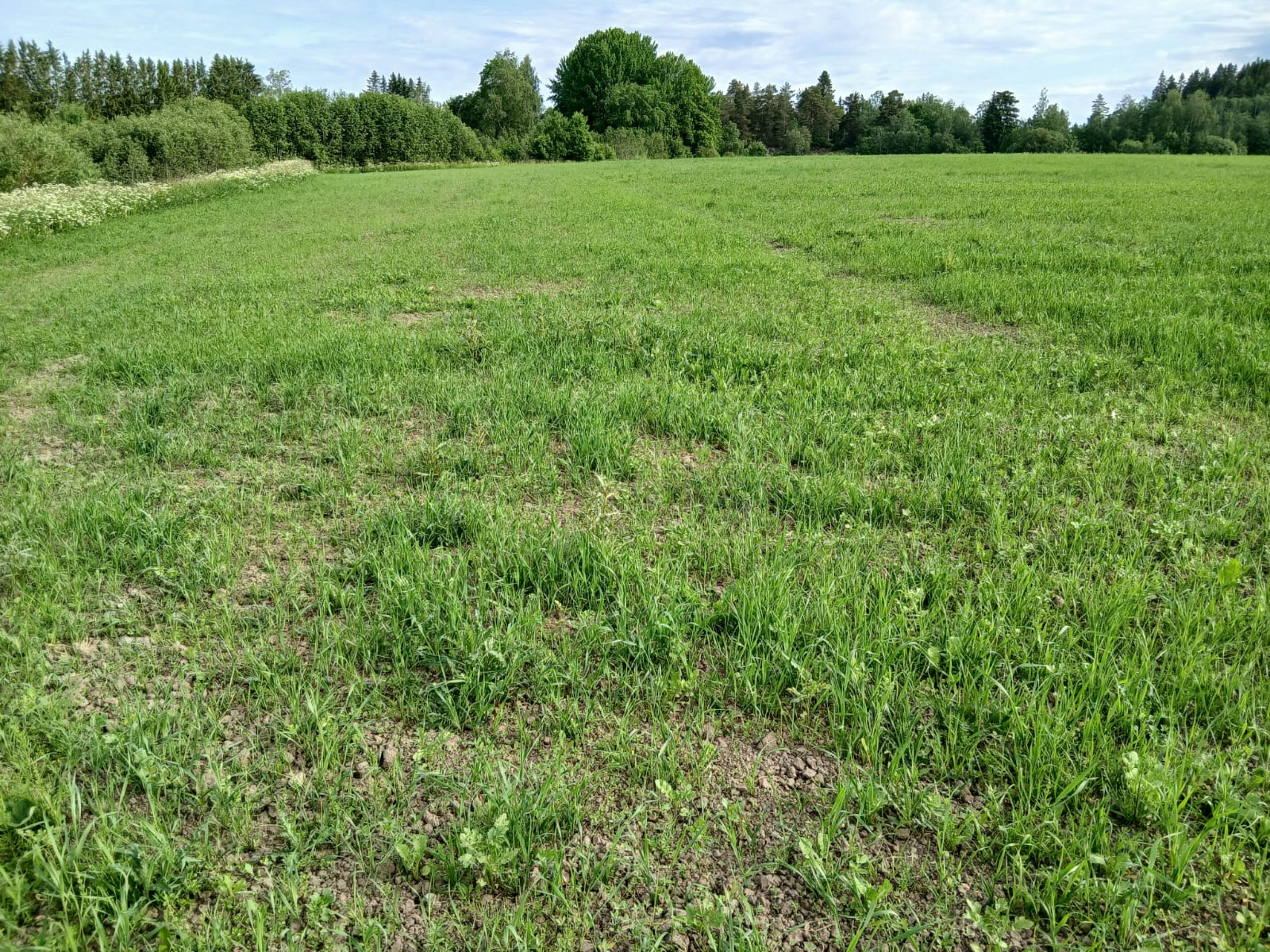
7.7.2025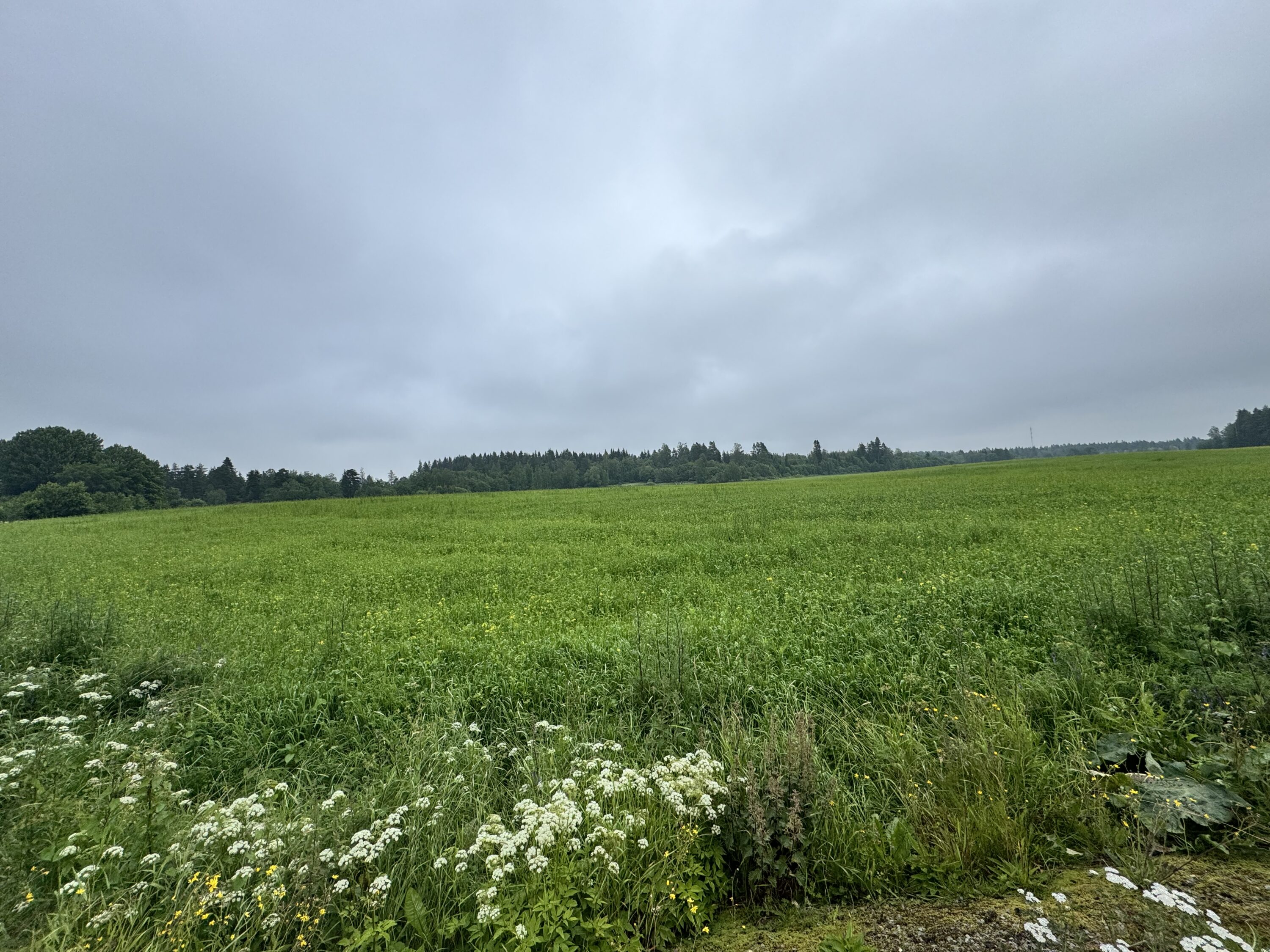
21.7.2025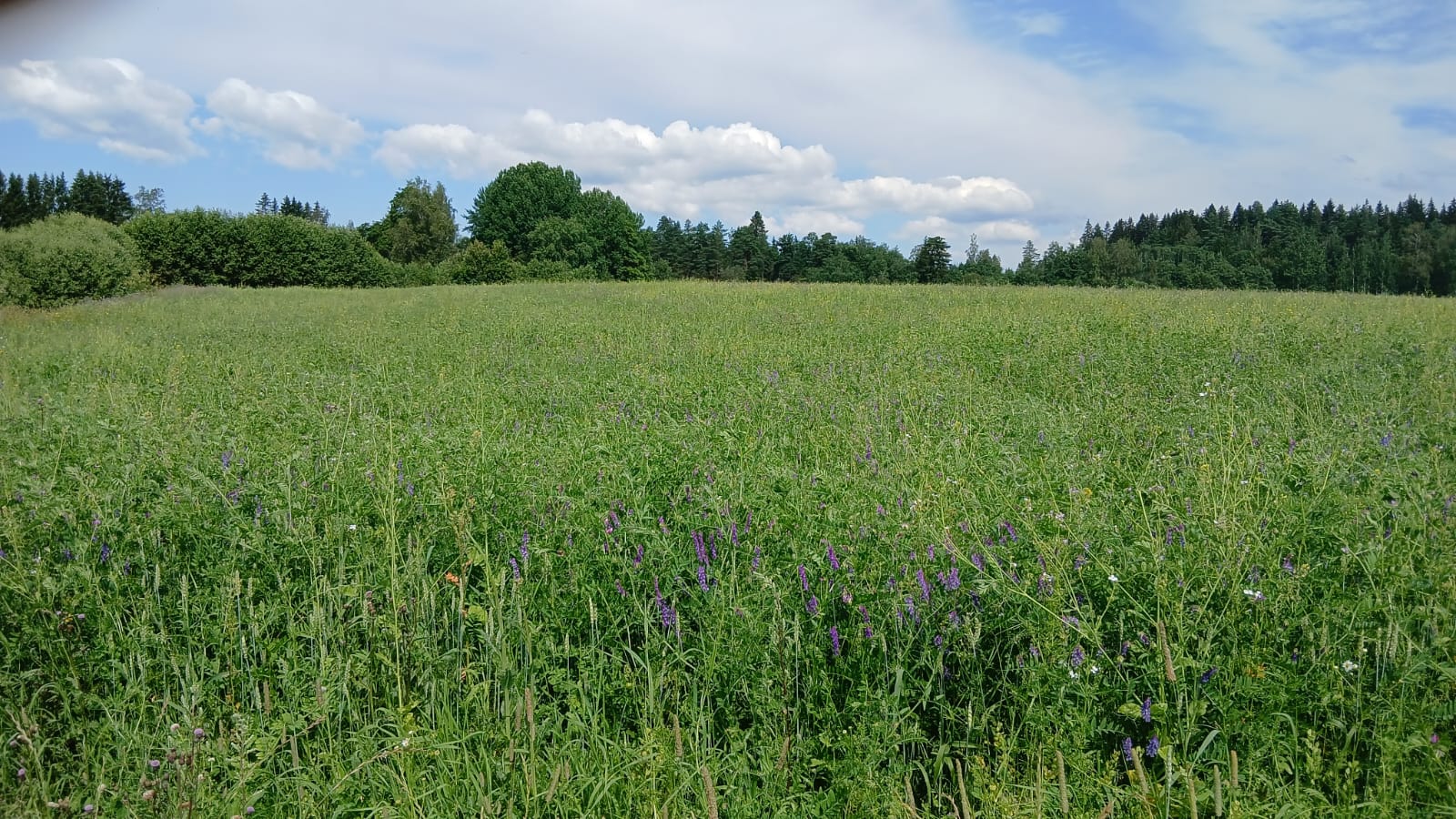
Cultivation Practices
Spring wheat:
5.5.2024 Levelling harrow
7.5.2024 Fertilization: cattle slurry 35.4 tons/ha,
followed by harrowing with a flexible-tine harrow.
13.5.2024 Sowing: spring wheat Leijona 329.8 kg/ha and Naturcom Retu nitrogen-grass mixture 10 kg/ha
6.9.2024 Harvest: wheat, yield 1,602 kg/ha
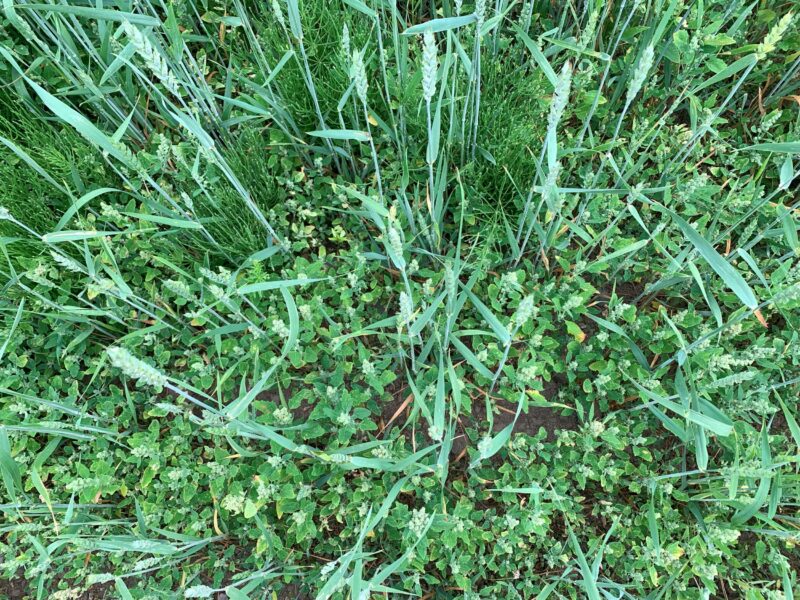
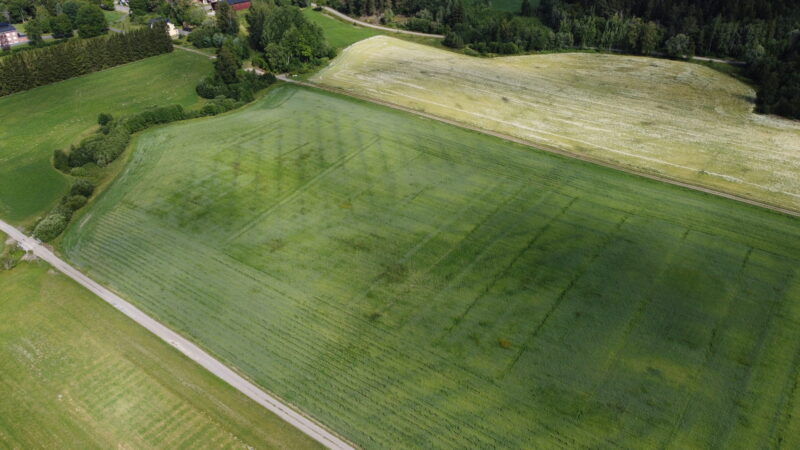
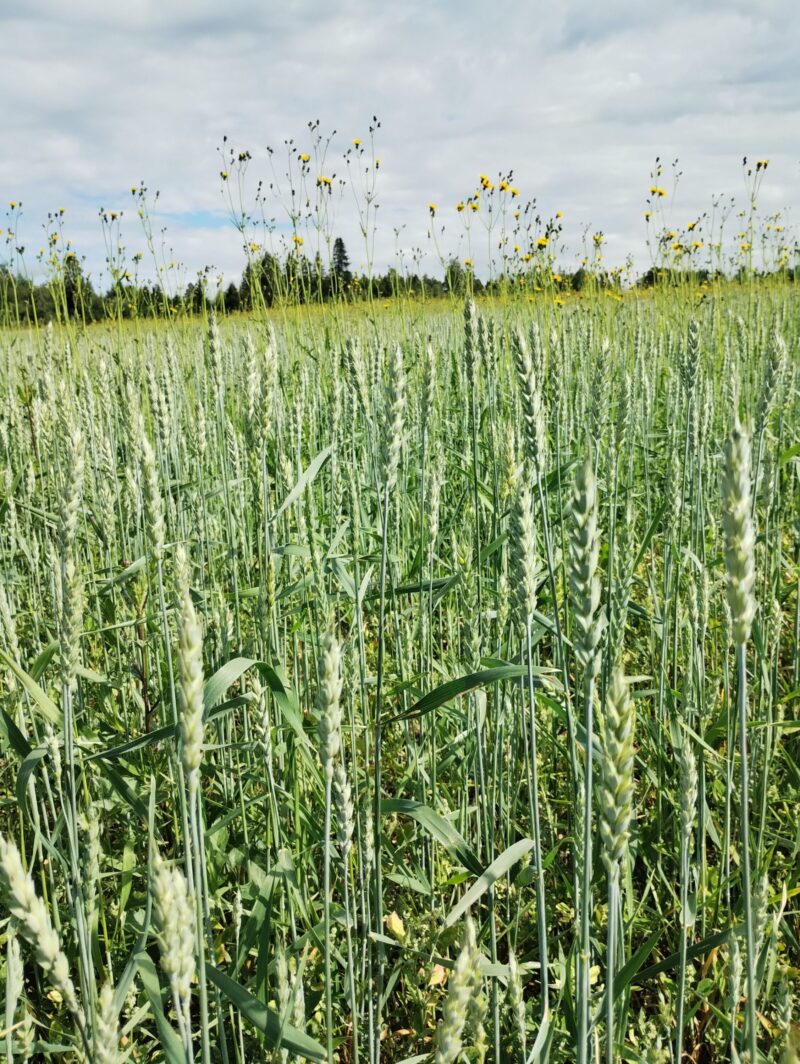
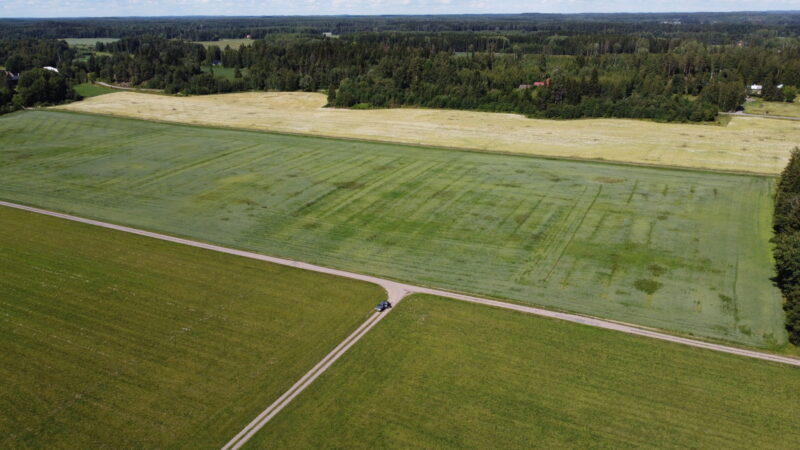
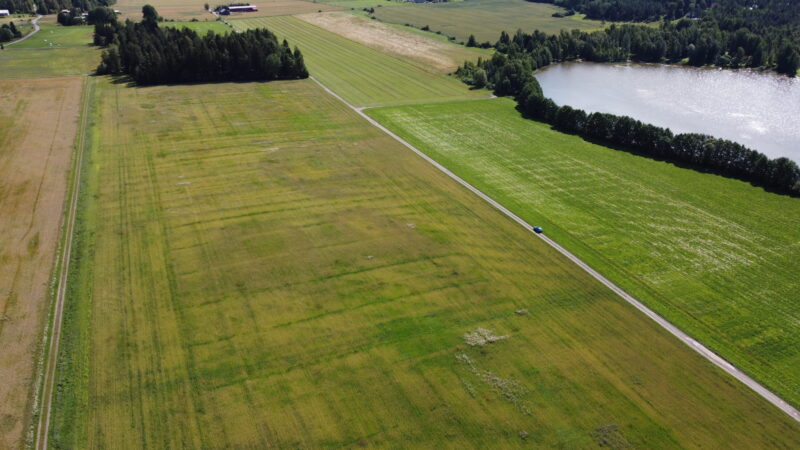
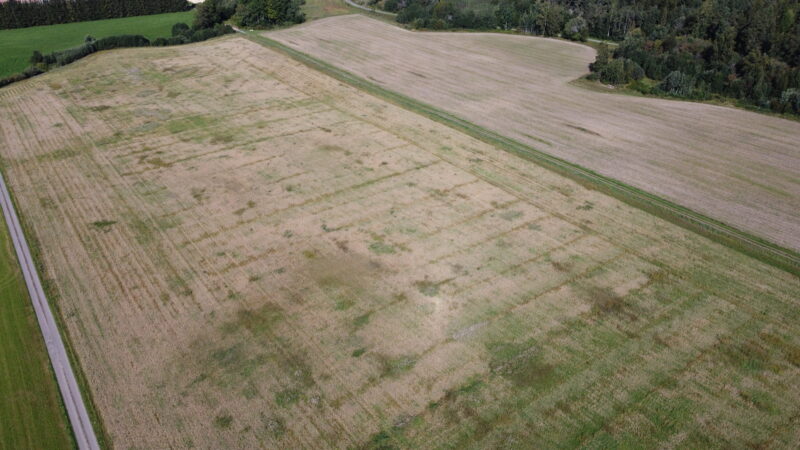
Cultivation measures
Barley + Trials 3pcs
6.5.2023 Cultivation, flex spike
8.5.2023 Sowing fertilization, trial A: barley Feedway, 280kg/ha, YaraSuna 10-4-1, square A1; 0 kg/ha, square A2; 600kg/ha, square A3; 800kg/ha
8.5.2023 Sowing for the rest of the plot, barley Feedway 256 kg/ha
12.5.2023 Sowing of mixed crops, trial B + C (LuoVaMix)
13.5.2023 Fertilization for the rest of the plot, Neko potassium sulfate K42, 55 kg/ha
6.9.2023 Barley harvesting, yield 2400 kg/ha
7.9.2023 Harvesting of mixed crops
Crop experiments in the field:
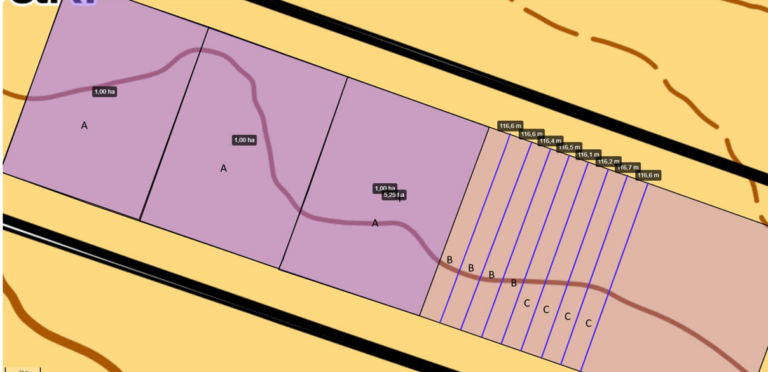
A: Recycling fertilizer trial (Yara, Hankkija)
B: Faba bean + oat strip trial (LuoVaMix)
C: Faba bean/pea + oat/wheat strip trial (LuoVaMix)
You can also familiarize yourself with the fact sheet on agroforestry produced by the Natural Resources Institute Finland: Fact Sheet-Agroforestry in Organic Production
A: Barley recycling fertilizer experiment
Variety: Feedway 256 kg/ha
Planted on 8.5.2023
Fertilization YaraSuna 10-4-1
Plot A1; 0 kg/ha
Plot A2; 600 kg/ha
Plot A3; 800 kg/ha
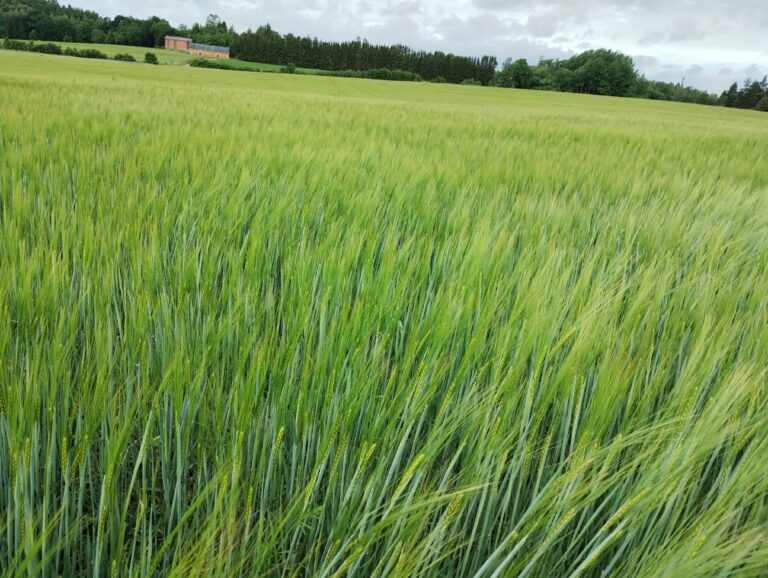
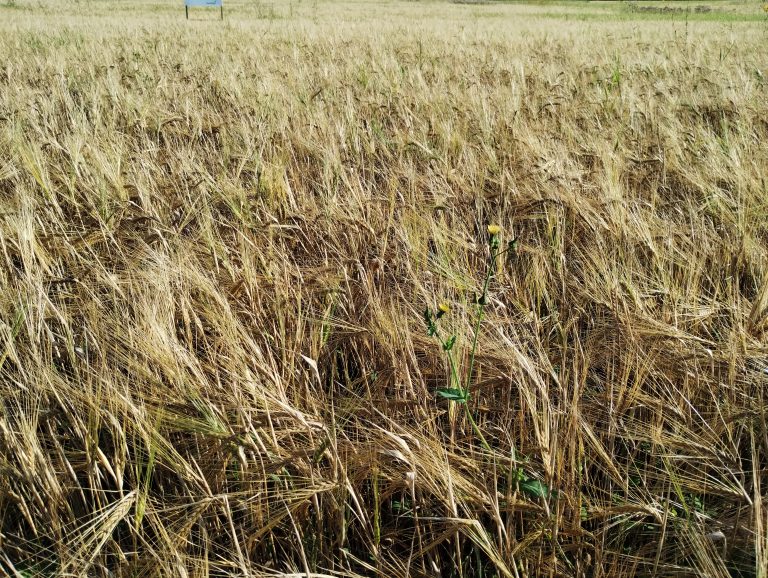
B: Faba bean + oat strip trial
The experiment investigated the effect of different mixture ratios on crop yield stability. The trial consisted of four different strips in two replicates.
During the growing season, observations were made on plant density, side shoots, weed count per square meter, plant height, and the beginning and end of flowering at the test plots. In pure stands, the height of field peas was higher than in mixed stands, and oats were shorter in pure stands compared to mixed stands. The amount of weeds varied greatly across the test area, and no clear difference between pure and mixed stands could be observed. The presence of patches of couch grass and bindweed in the test area made it difficult to observe the weeds.
Check out the exam results in the database.
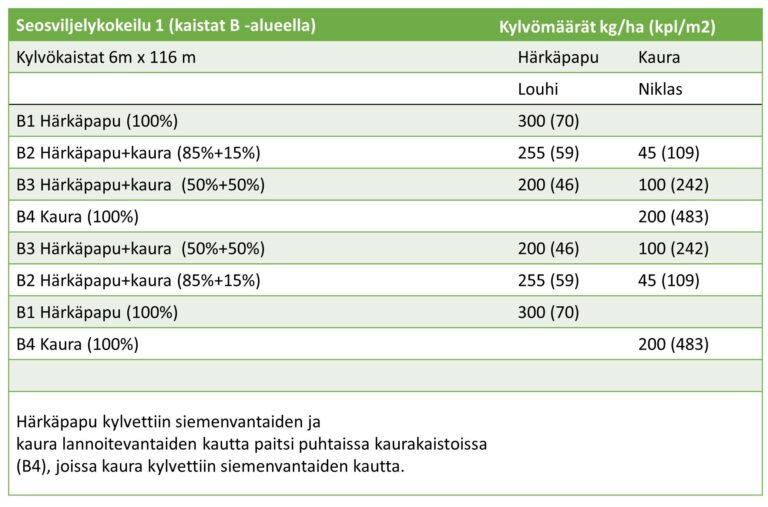
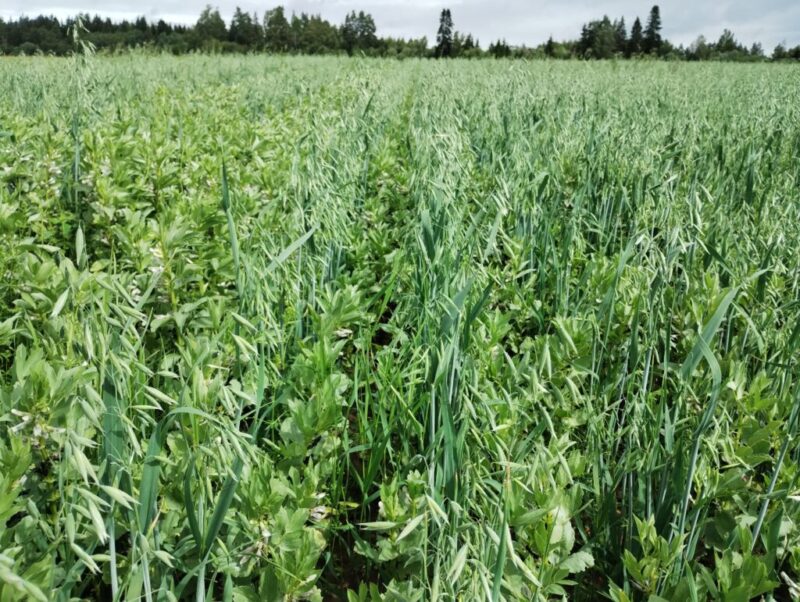
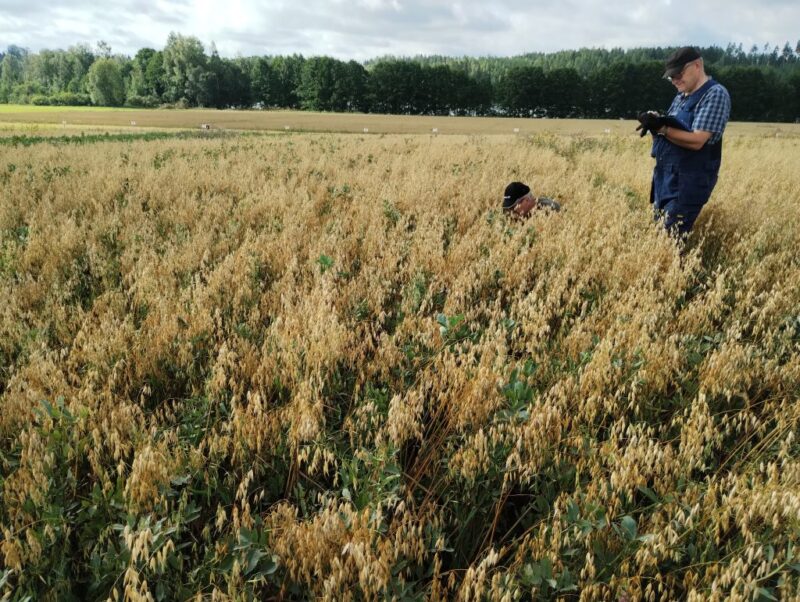
C: Legume + grain strip trial
This trial investigates the impact of different mixture ratios on crop yield stability. Strips are planted with the growth of two plants, which were sown in the same pass with a regular seeding machine through seed and fertilizer tubes.
During the growing season, observations were made on plant density, side shoots, weed count per square meter, canopy height, and the timing of flowering initiation and termination in the mixed crop plots. Weed patches, such as field bindweed and couch grass that were present in this experiment made weed observations difficult, so a clear difference between the mixtures could not be observed. In the faba bean-oat mixture, both faba bean and oat grew taller compared to other plants.
Check out the exam results from the data sheet.

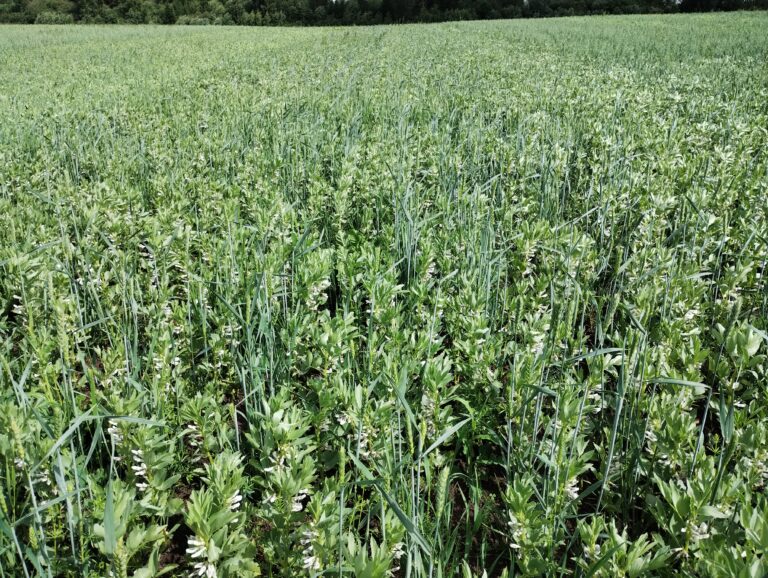
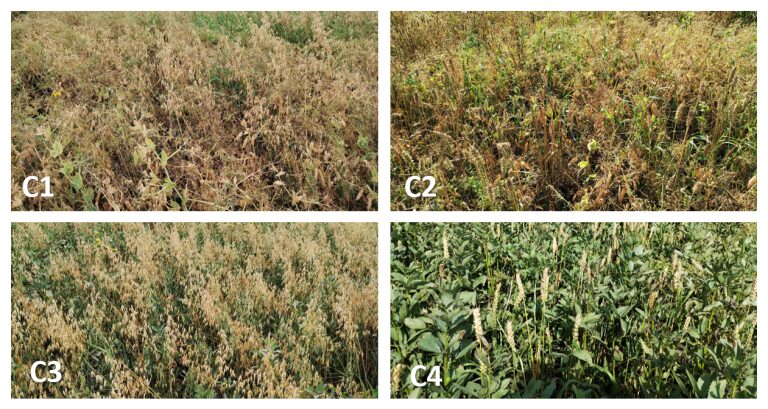
Cultivation measures
Faba bean, Vire
13.5.2022 Plowing, Cutting goosefoot blade
15.5.2022 Leveling plowing
16.5.2022 Sowing: Faba bean, Vire, English ryegrass 10kg/ha
30.5.2022 Sowing: Rapeseed strip
27.8.2022 Harvesting, Yield 1100 kg/ha
8.9.2022 Cultivation
20.10.2022 Plowing
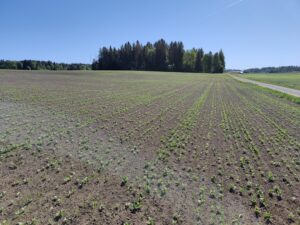
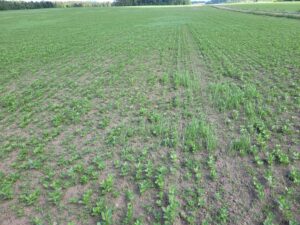

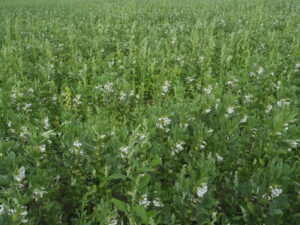
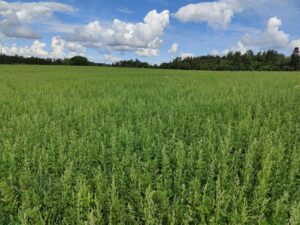
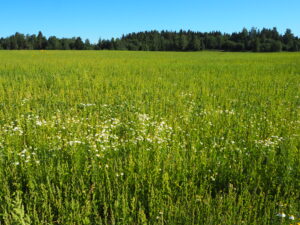
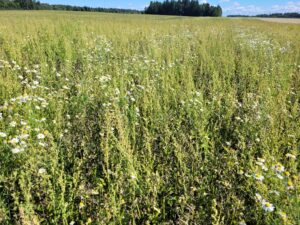
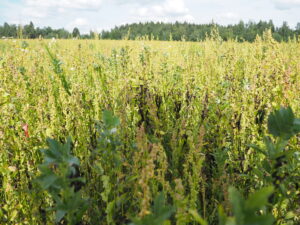
Cultivation measures
Silage Grass
10.6.2021 Silage harvest, yield 3452 kg DM/ha
15.-16.6.2021 Fertilization, cattle slurry 40 tons/ha
19.6.2021 Mowing (nature conservation field)
21.6.2021 Raking and baling (LHP), yield 2307 kg DM/ha
23.7.2021 Silage harvest, yield 713 kg DM/ha
5.-6.8.2021 Plowing 3.5 ha
6.8.2021 Discing
6.8.2021 Harrowing, with a penetrating goosefoot blade
6.-7.8.2021 Sowing: Autumn field pea Augusta 300 kg/ha, winter rapeseed Legato 2.65 kg/ha, winter rapeseed Aita 2.7 kg/ha
18.9.2021 Silage harvest (4.9 ha), yield 689 kg DM/ha
28.10.2021 Plowing, 4.9 ha
The conditions for hibernation were good, but the strong shelters caused ice to form on the surface of the field, which destroyed the crops during the winter.
Field plot scanning: Riuskanoja
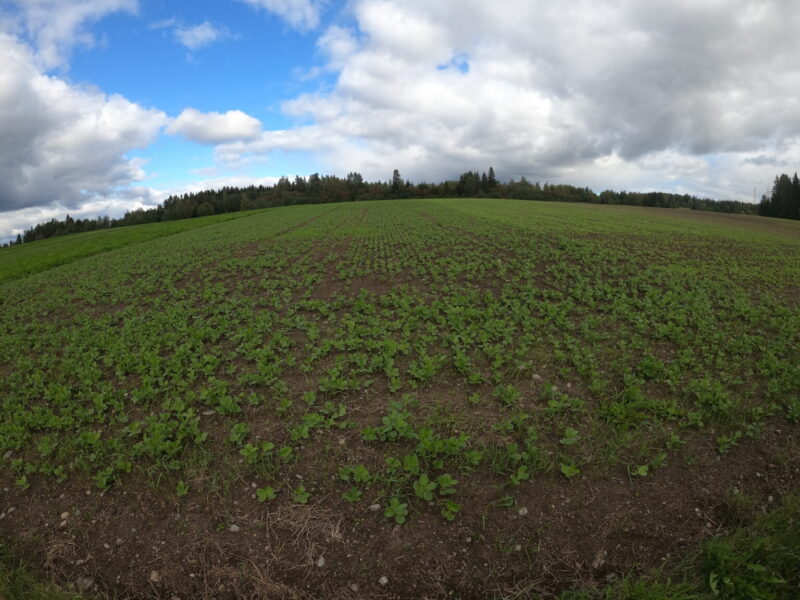
Cultivation measures
Spring wheat, Helmi
27.4.2020 Cultivation, leveling harrow
4.5.2020 Fertilization, cattle slurry 34 tons/ha, cattle slurry 22 tons/ha, cattle slurry + Ecolan Agra 3-0-0 vinasse 22 tons/ha (fertilization trial with different fertilizers and N levels)
5.-6.5.2020 Cultivation, cutting goosefoot blade
6.5.2020 Sowing, spring wheat, Helmi variety, 280 kg/ha
3.6.2020 Weed cultivation, sowing Reed Canarygrass-clover mixture 20kg/ha
19.-20.8.2020 Harvesting, Yield 3323 kg/ha
21.8.2020 Straw collection
Here are the summarized results of the weed trial in 2020: Weed Trial News 2020
Summary of weed control: LuoVaPa_LukeTuotoksia_Salonen and knit
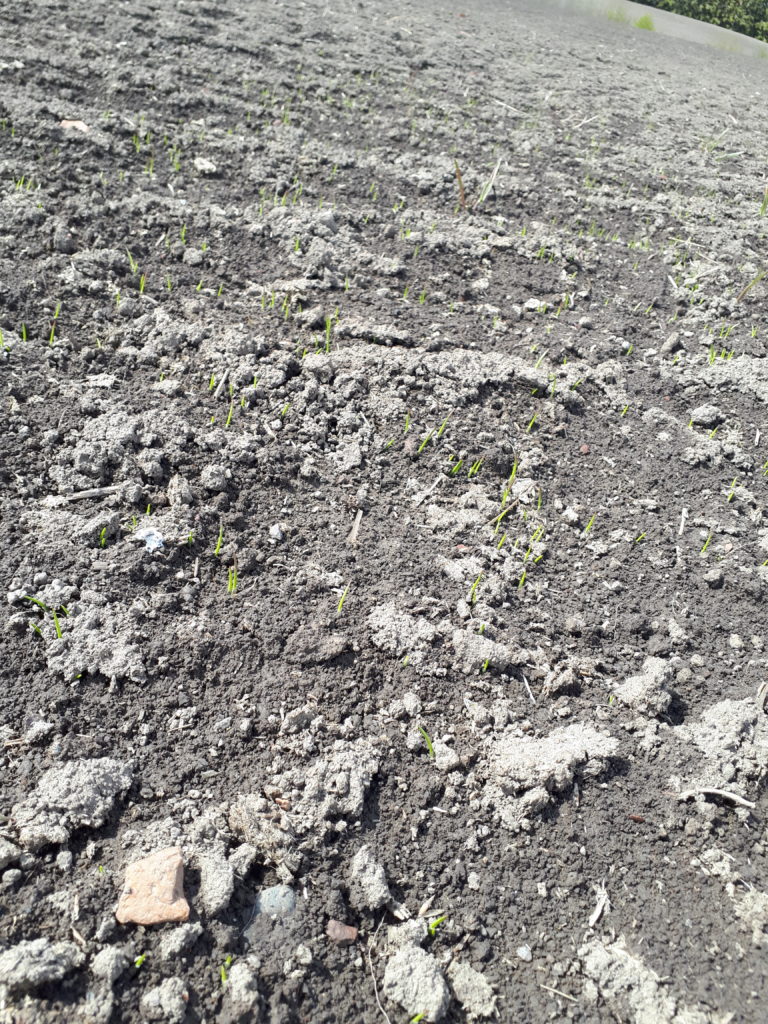
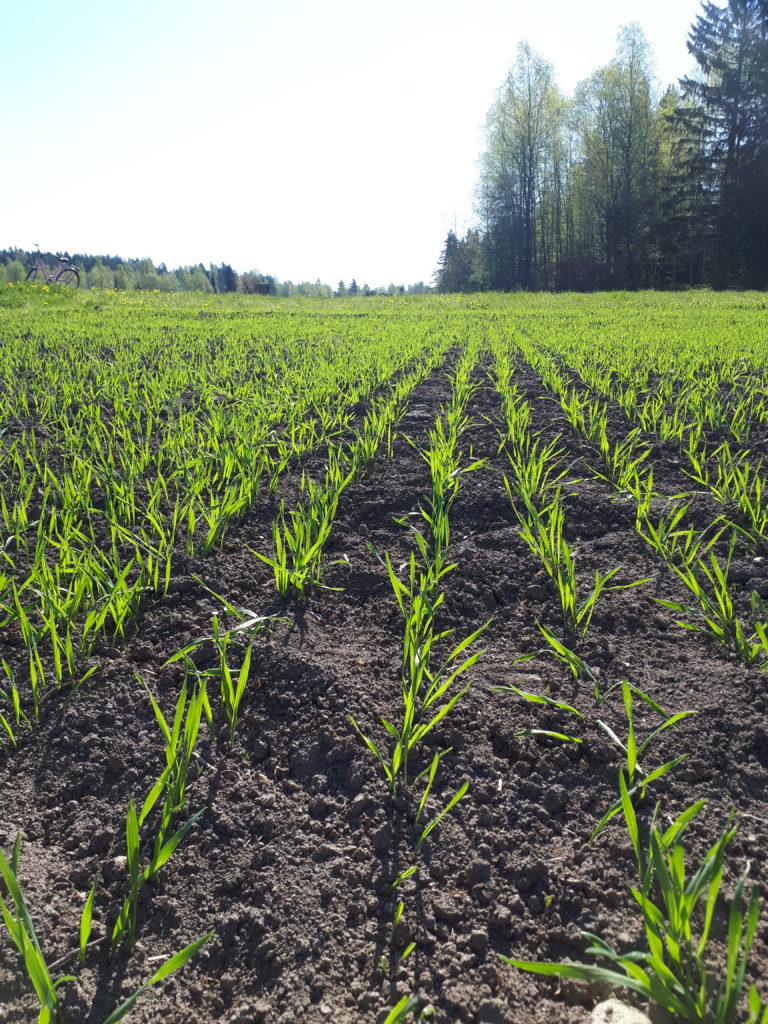
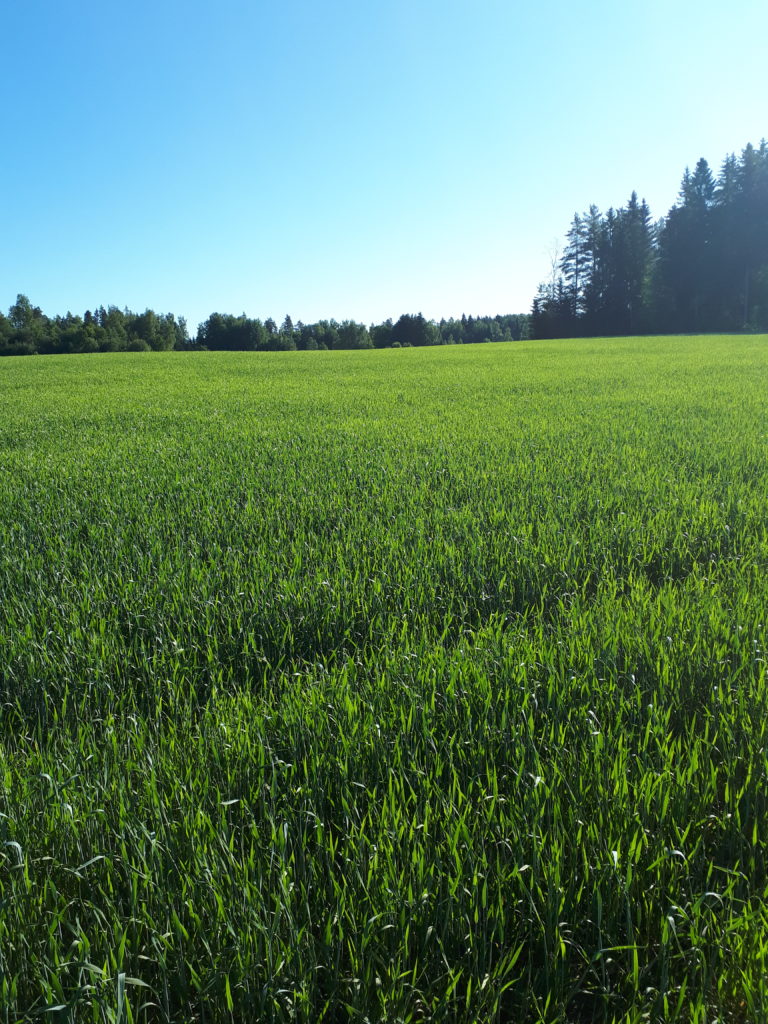
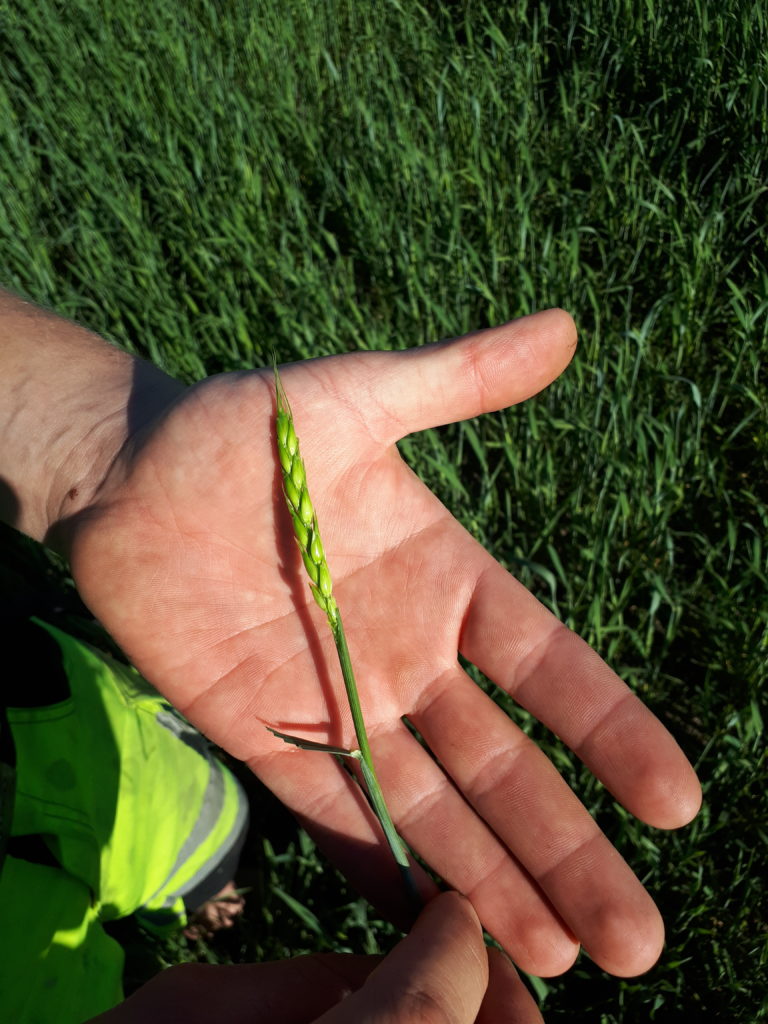
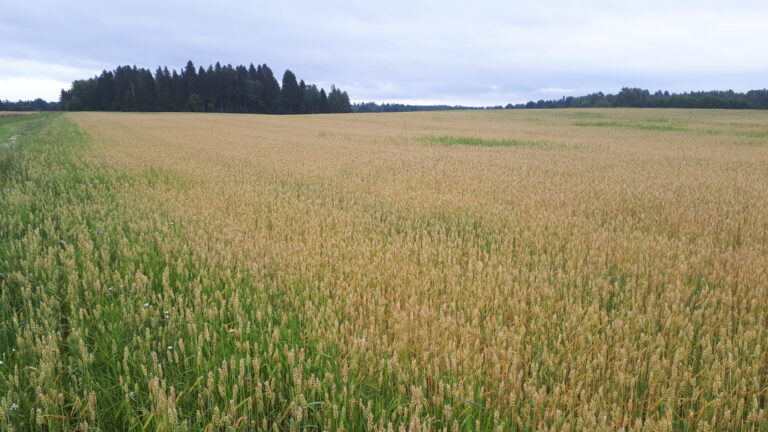
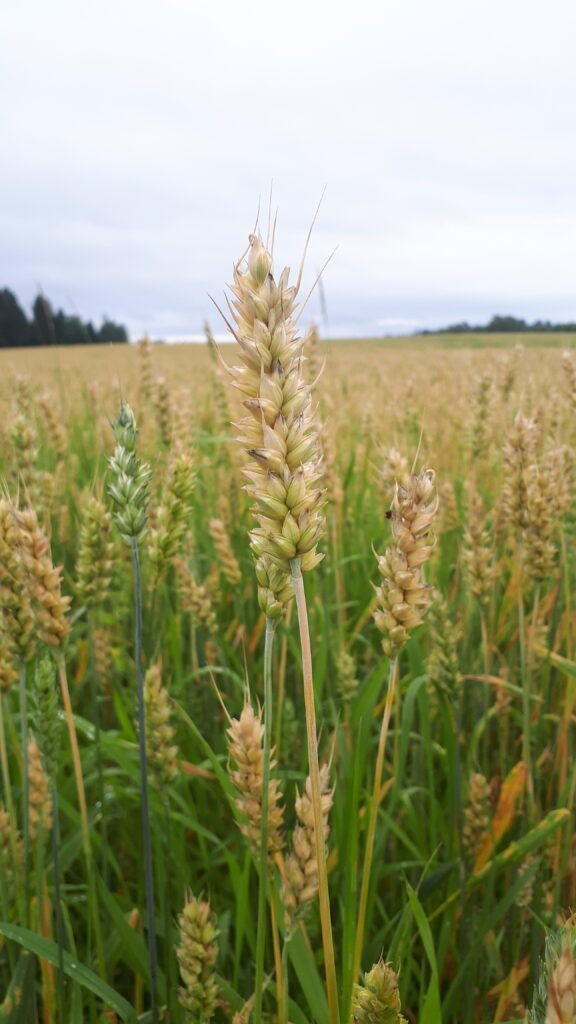
Weed monitoring experiment

21.5.2020
1. Harrowing of squares, sowing of grass seed mixture at Mustiala 2019 25 kg/ha
3. Blind harrowing of squares
3.6.2020
2. Harrowing of squares, sowing grass seed mixture at Mustiala in 2019
4. Harrowing of squares, sowing grass seed mixture at Mustiala in 2019 with a sprinkle of borage


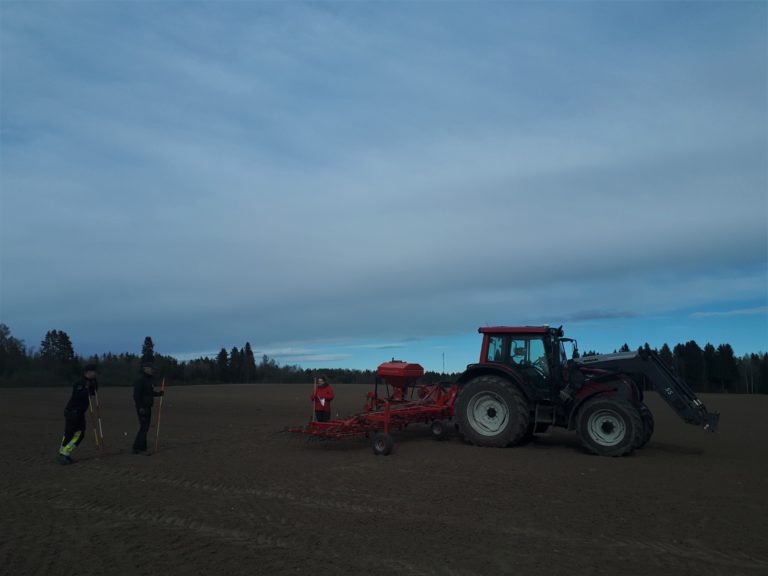
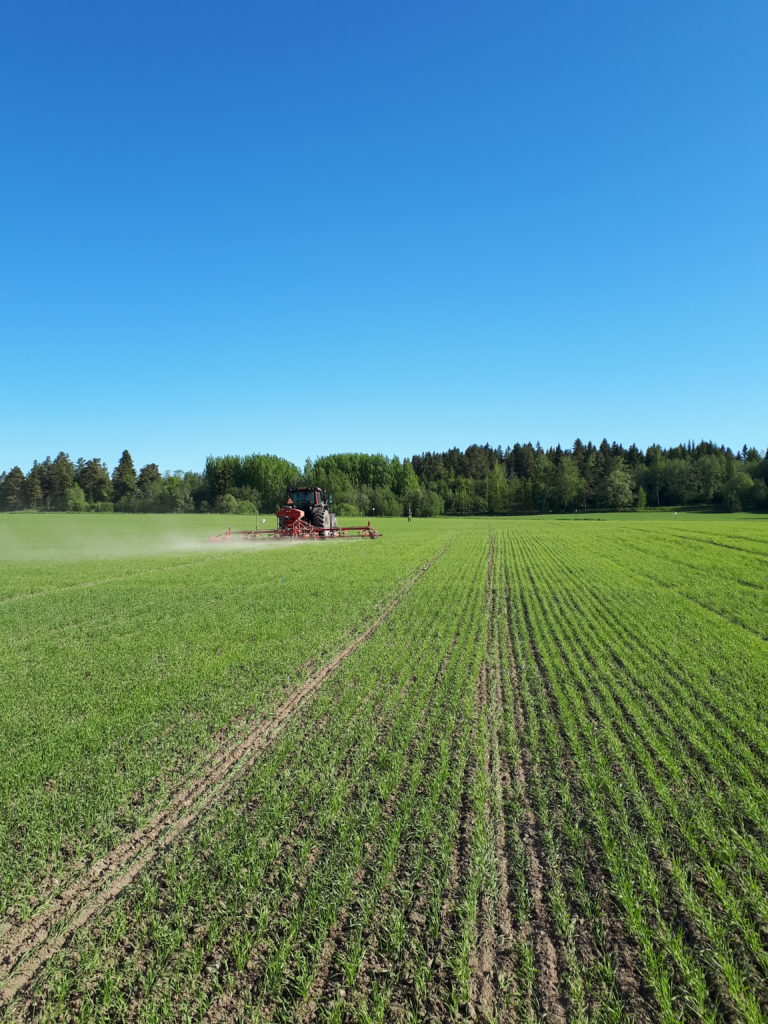

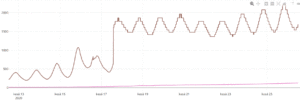
KM harvest competition
The Mustiala teaching and research farm is participating in the KM yield competition with Helmi wheat. The competition area is located on the eastern edge of the field, but the exact hectare area will be determined closer to the harvest.
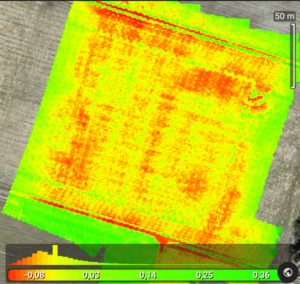
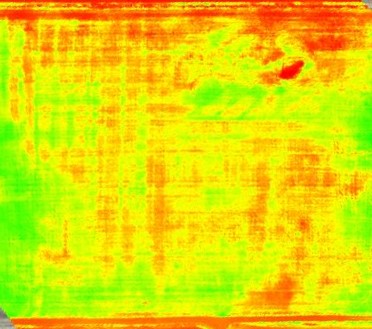
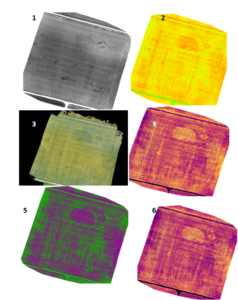
A picture taken from a 230720 KM rally block, processed with Pix4D software. The midpoint of the block from the eastern edge provides the best spot for the rally.
Image 1: filtered to blue color and converted to black and white. Brome grass patches are clearly visible in the vegetation.
Image 2: image showing the amount of green color.
Image 3: normal color image captured as a point cloud.
Image 4: filtered with multiple colors.
Image 5: filtered with only two colors; green represents good growth and purple represents poorer growth.
Image 6: filtered with 20 different colors. The image becomes detailed but does not provide additional value for interpretation.
Nature reserve field
22.6.2020 Mowing
22-25.6.020 Tedding
26.6.2020 Harvesting dry hay into bales
Cultivation measures
Field Work Schedule for Elmeri Ohra
25.4.2019 Rolling
27.4.2019 Fertilization, application of 25 tons/ha of cattle manure
28.4.2019 Harrowing, with a cutting goose foot blade, 2 times
30.4.2019 Sowing, Elmeri barley, 230 kg/ha
6.6.2019 Additional fertilization, Kelpak, 2.5 l/ha on a 2.5 ha area
22.8.2010 Harvesting, yield of 5500 kg/ha
26.09.2019 Plowing
Nature Reserve Field
Mowing, July
Research and experimentation
In the field, weed control of one-year-old weeds in barley was studied during the 2019 growing season using harrowing and various combinations of it. Read more in the information sheet.
Also read a summary of the rich experiment LuoVaPa_LukeTuotoksia_Salonen-ja-knit
Cultivation measures
Barley, Elmeri
11.5.2018 Leveling cultivation
15.5.2018 Spreading of cattle manure 29 tn/ha
16.5.2018 Flexible tine harrowing
16.5.2018 Sowing: Oats Elmeri 230 kg/ha
22.5.2018 Blind harrowing for test plots
31.5.2018 Weed harrowing for test plots
23.8.2018 Harvest: yield 3696 kg/ha
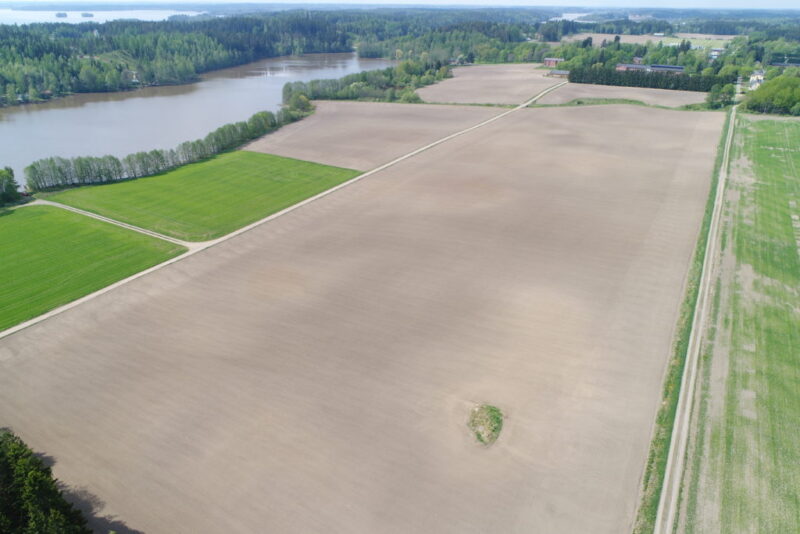

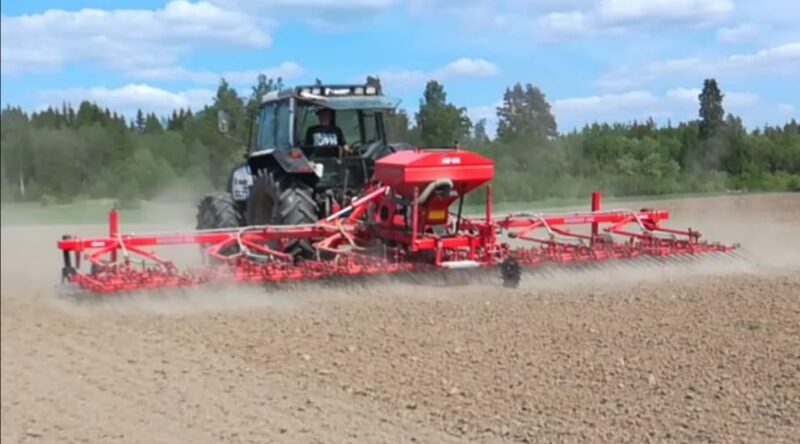
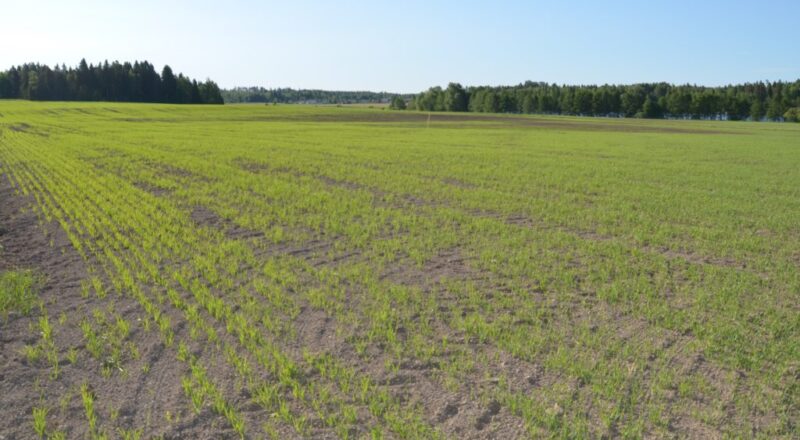
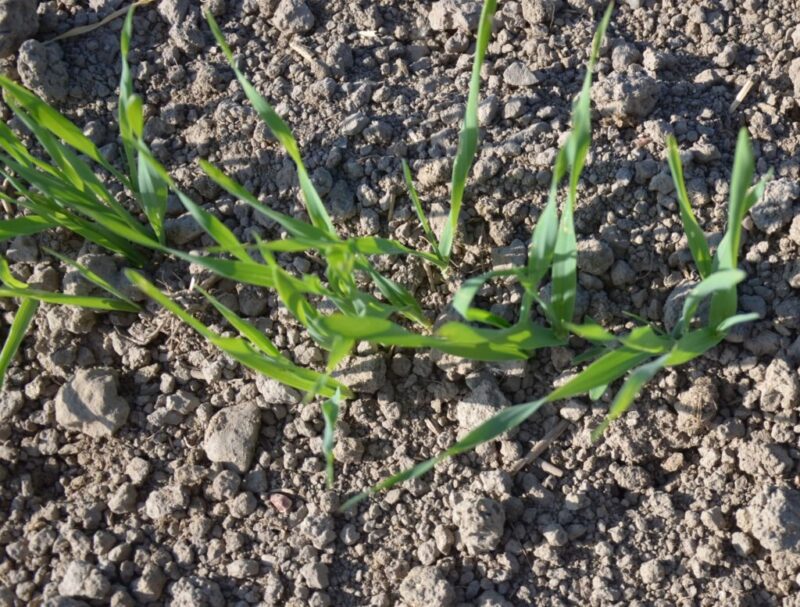
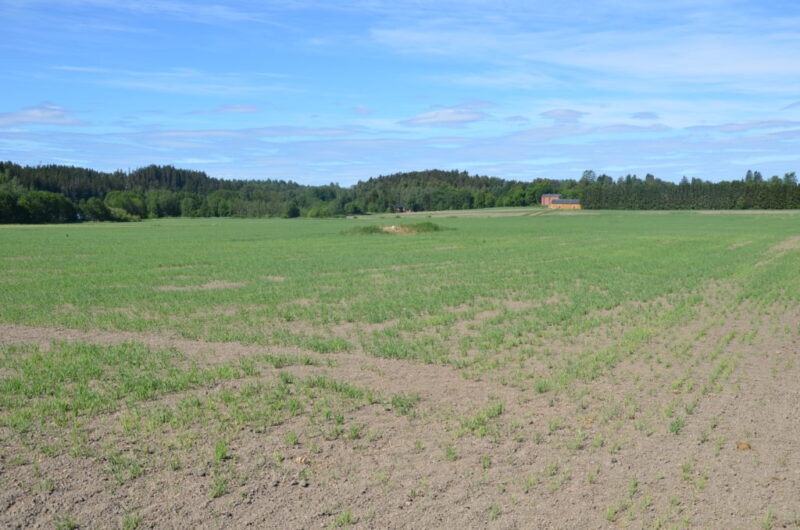
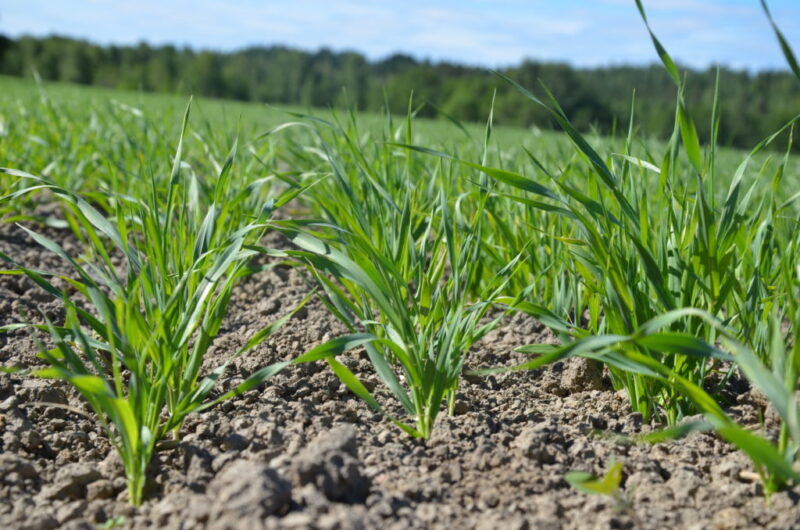
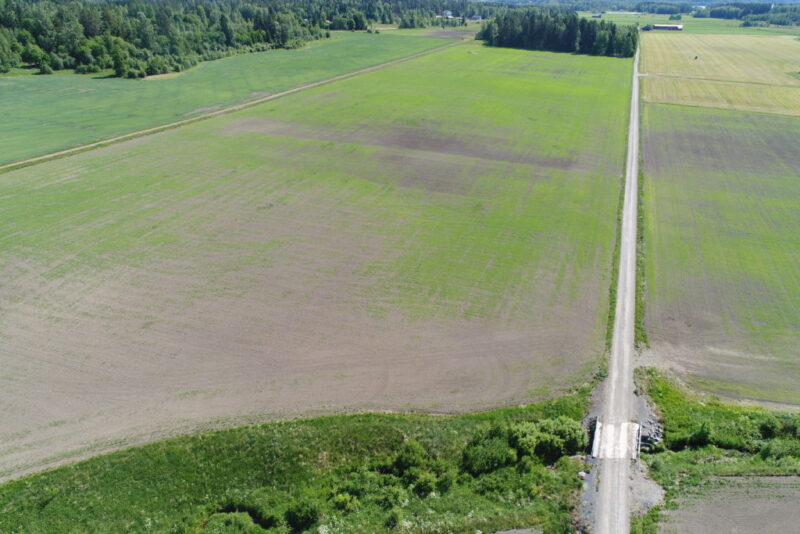
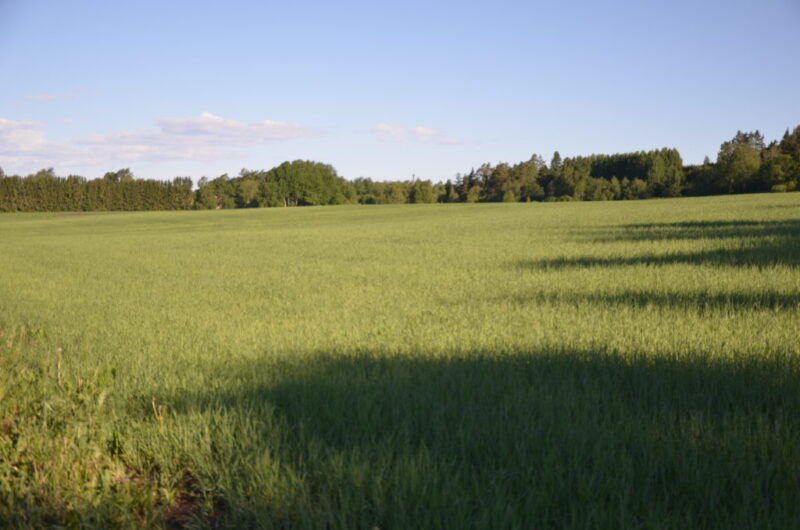
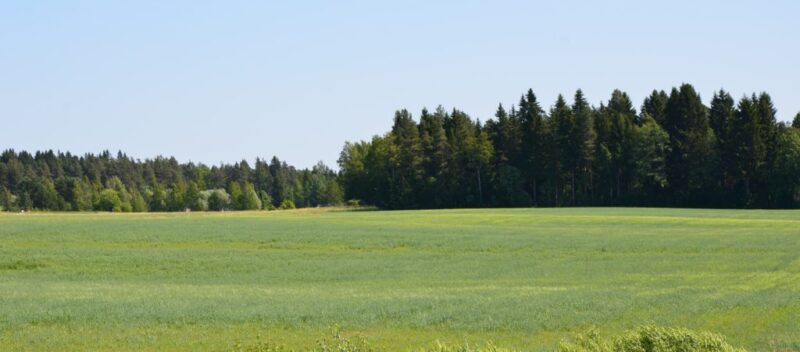

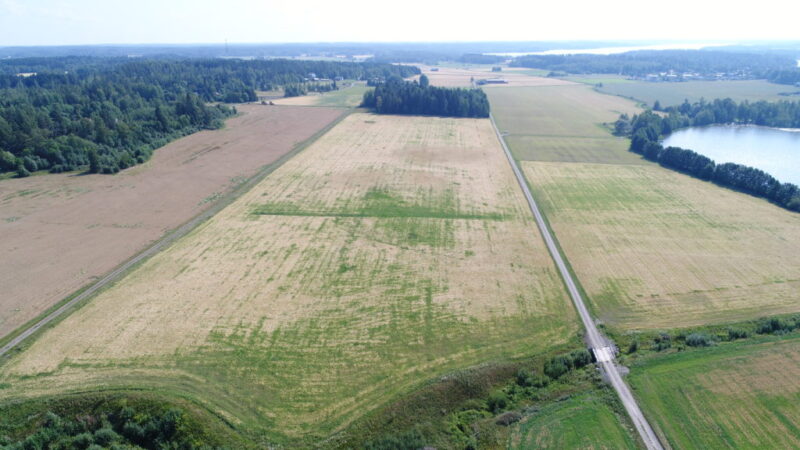
Cultivation measures
Autumn Wheat Arctic
5.5.2017 Spring fertilization: YaraBela Suomensalpietar 27-0-1 460 kg/ha (123.3-0-5)
29.5.2017 Weed spraying: Ariane S 2 l/ha
14.6.2017 Crop protection spraying: Acanto 0.25 l/ha, Moddus M 0.2 l/ha, Proline 250 EC 0.25 l/ha
26.9.2017 Harvest, yield 5640 kg/ha (13.5% moisture)
14.11.2017 Plowing
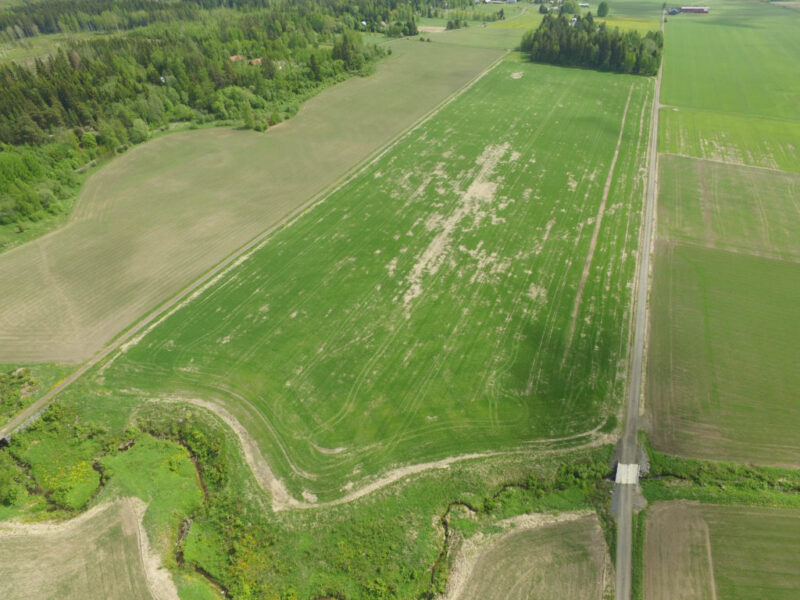
Cultivation measures
Pea Ingrid
Growth blocks in 2016: A 8.43 ha and B and C 0.13 ha. Blocks B and C are nature conservation fields.
2016 Plowing
10.5. Harrowing
11.5. Direct drilling
27.9. Seeding fertilization: Arktika 223 kg/ha, YaraMila Y3 23-3-8 130kg/ha (29.9-3.9-10)
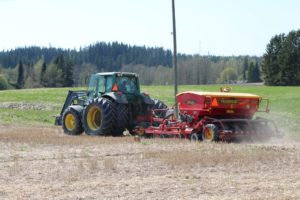
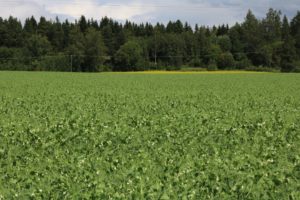


Analysis result of the crop yield study from the test plots area on May 5, 2023.
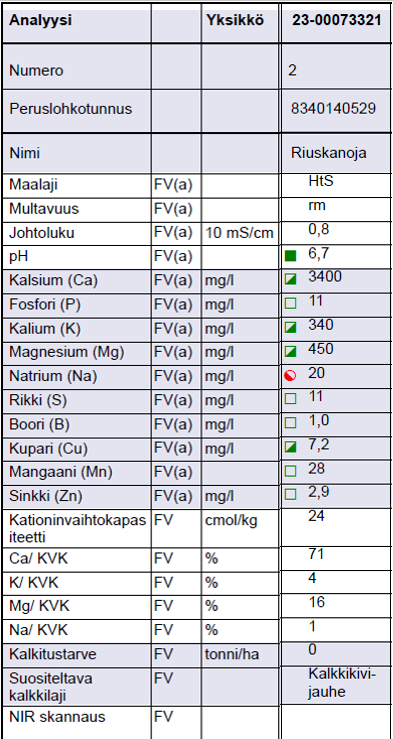
Crop yield research analysis result 27.11.2020:
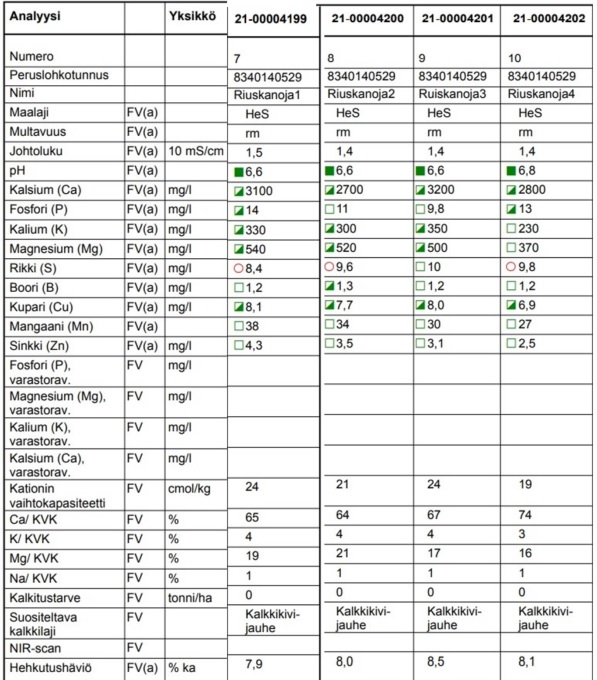
Soil NIR-analysis (18.9.2020)
Sampling line 2020:
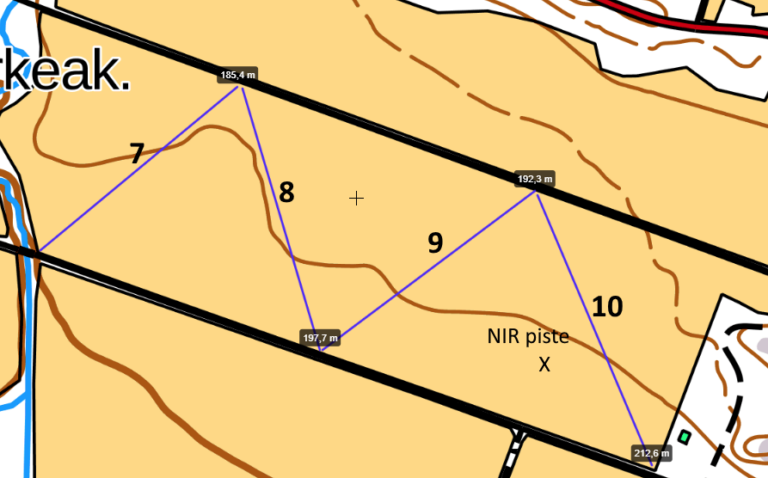
Crop yield research analysis result 2.5.2018:
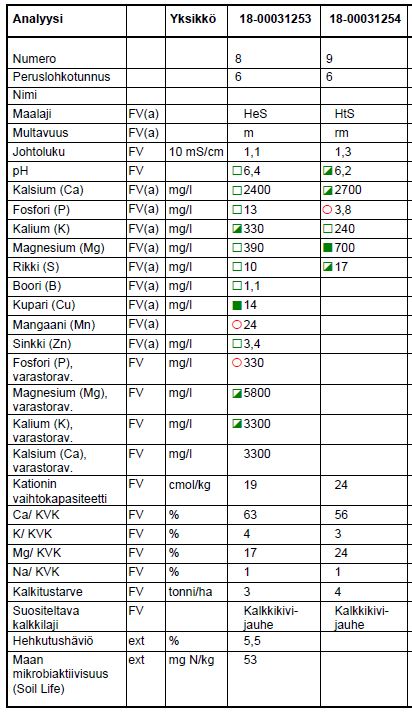
Crop yield research analysis result 2014:
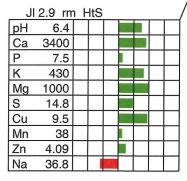
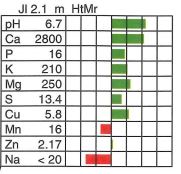
2024 Spring wheat Lion and silage grass
2023 Barley Feedway and pea+grain/pea+legume experiments
2022 Pea Vire
2021 Silage grass
2020 Spring wheat Helmi
2019 Barley, Elmeri
2018 Barley, Elmeri
2017 Winter wheat, Arktika
2016 Pea, Ingrid
2015 Spring wheat Quarna
2014 Perennial grass, silage and grazing
2013 Perennial grass, silage and grazing
2012 Perennial grass, silage and grazing
2011 Oats Aslak and grass mixture
2010 Sugar beet Hamilton Poncho Beta